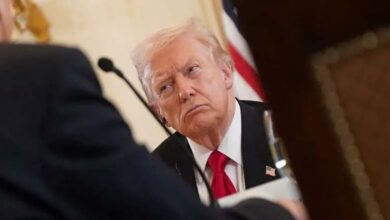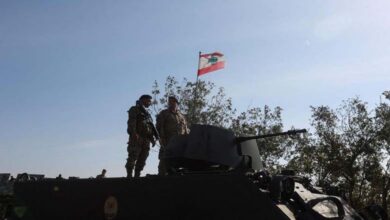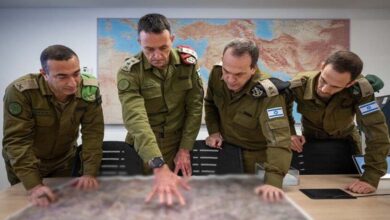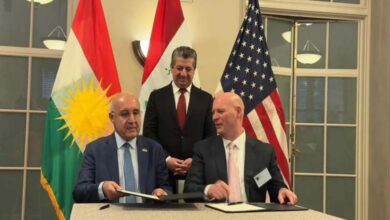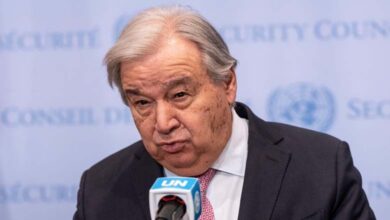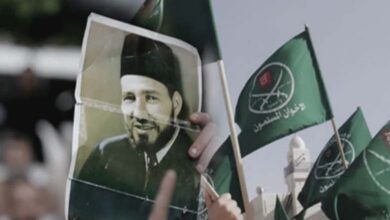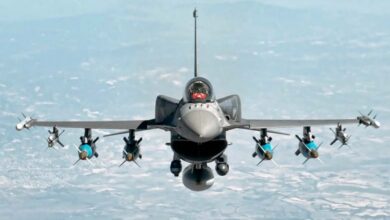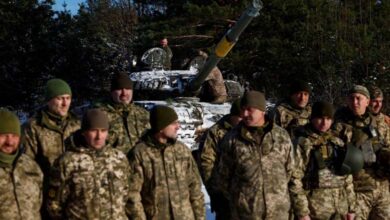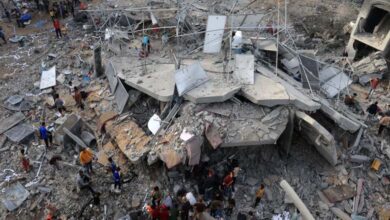The Syrian Observatory reveals the secret relationship between the Revolutionary Guard and ISIS… Agreement terms
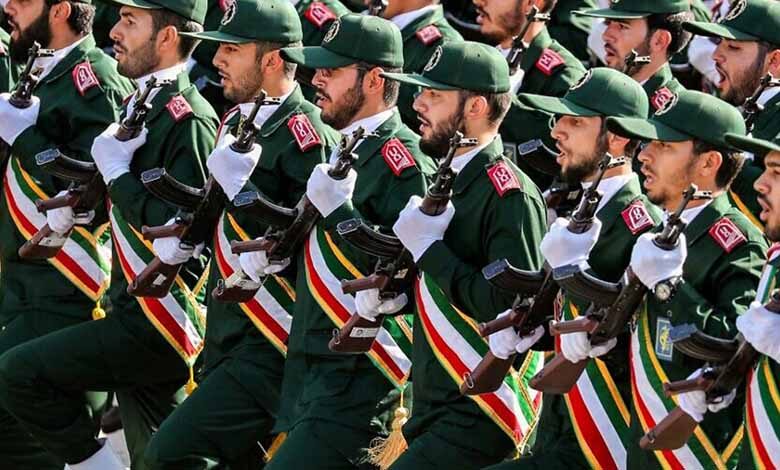
The Syrian Observatory for Human Rights has exposed the relationship between the Iranian Revolutionary Guard, the Lebanese Hezbollah, and the terrorist organization ISIS on Syrian territory.
The director of the observatory, Rami Abdul Rahman, clarified in a statement to Al-Hurra that investigative findings have shown “coordination at high levels between Iranian militias affiliated with the Revolutionary Guard and ISIS. These militias provide information to the terrorist organization in exchange for not obstructing the transportation and smuggling of weapons taking place on Syrian soil.”
He pointed out that the observatory’s data showed a decrease in ISIS targeting of Iranian militias since mid-2021, unlike before, which prompted further investigation into the reasons behind this.
For example, ISIS elements carried out 100 operations targeting the coalition forces, the Syrian Democratic Forces, and the Syrian regime forces since the beginning of this year, but they did not target any Iranian militias at all. There was an incident where six members of the pro-Tehran Fatemiyoun militias were killed, which is expected to be an individual incident, according to the director of the Syrian Observatory.
Abdul Rahman said that the Syrian Observatory received leaks from a Hezbollah leader talking about the aspects of cooperation between the Revolutionary Guard, Hezbollah, and ISIS.
The observatory presented the aspects of cooperation between the two sides, whether in providing intelligence information, supplying support, protection, and means of transportation, not to mention ceasing attacks on Iranian convoys.
The Syrian Observatory stated in the initial version of the investigation published on its website that “negotiations” between Iranian militias and ISIS began in May 2021 when the Revolutionary Guard leadership sent a message in Persian to a loyal security unit demanding a method of communication with ISIS through tribal leaders in the region.
He mentioned that the Iranian militias relied on a tribal sheikh “with a long history of mediating deals between Iranian militias and ISIS,” and he is nicknamed “the negotiator.”
The Iranian Revolutionary Guard sent the tribal sheikh along with the commander of the military security branch in Deir ez-Zor to meet with a representative of ISIS named “Abu Al-Baraa,” and they discussed ways to “achieve mutual interests.” The “negotiator” offered to provide weapons, ammunition, and secure their passage to the areas controlled by the Syrian Democratic Forces in exchange for reducing attacks on Iranian militias’ convoys.
In a second meeting, the ISIS representative requested detailed information from the Iranian Revolutionary Guard about the Guiran prison, which houses many prisoners from the organization’s leadership and elements, according to the observatory’s investigation.
In late 2022, the organization carried out an attack on the Guiran prison, which is supervised by Kurdish forces, resulting in the death of six security forces.
The cooperation between the Revolutionary Guard and ISIS has continued since then, and the latest form of cooperation was providing them with intelligence information that the international coalition and the Syrian Democratic Forces are carrying out a security campaign in the areas east of the Euphrates in mid-2023. This prompted the organization to withdraw its elements from those areas.
Abdul Rahman added that the observatory will publish four investigations that demonstrate “the nature of cooperation between the triangle represented by Hezbollah, the Iranian Revolutionary Guard, and ISIS.”
ISIS cells are still hiding in remote mountainous areas in Syria, carrying out occasional attacks targeting Kurdish forces, their allies, and Syrian regime forces.
The observatory documented that ISIS carried out over 200 operations in 2022, resulting in the death of 307 people, including 58 civilians, a child, and two women, and 249 individuals from the Syrian Democratic Forces and internal security forces.



